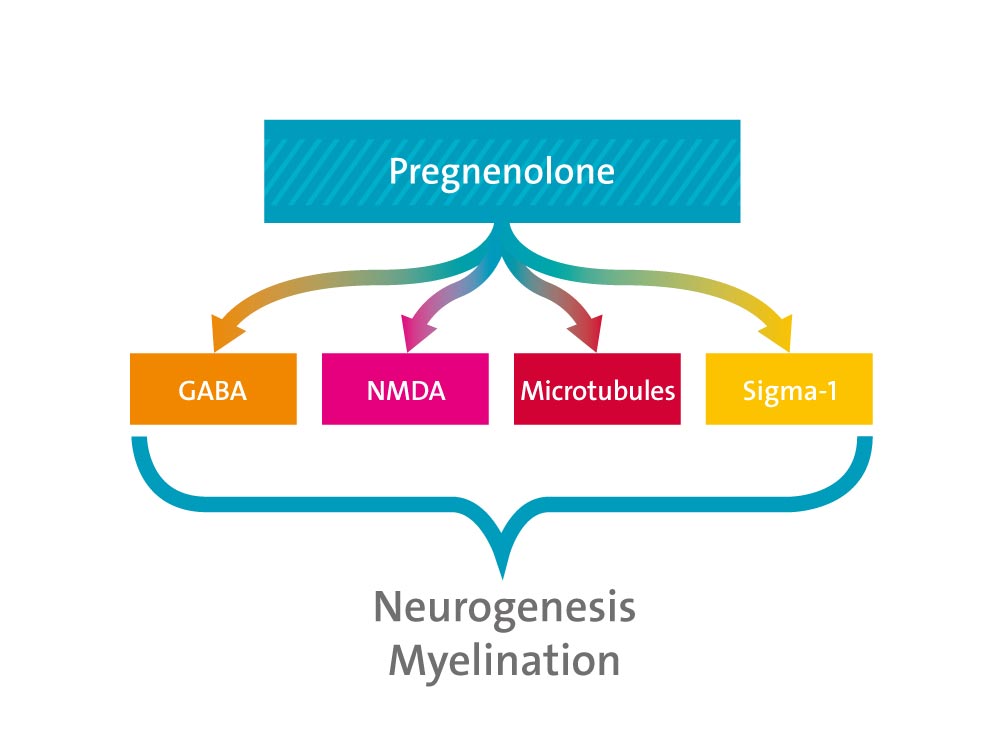Neurosteroids are a relatively new class of neuroactive compounds brought to prominence in the past 2 decades.
Despite knowing of their presence in the nervous system of various species for over 20 years and knowing of their functions as GABA(A) and N-methyl-d-aspartate (NMDA) ligands, new and unexpected functions of these compounds are continuously being identified. Absence or reduced concentrations of neurosteroids during development and in adults may be associated with neurodevelopmental, psychiatric, or behavioral disorders.
Treatment with physiologic or pharmacologic concentrations of these compounds may also promote neurogenesis, neuronal survival, myelination, increased memory, and reduced neurotoxicity.
This review highlights what is currently known about the neurodevelopmental functions and mechanisms of action of 4 distinct neurosteroids: pregnenolone, progesterone, allopregnanolone, and dehydroepiandrosterone (DHEA).
